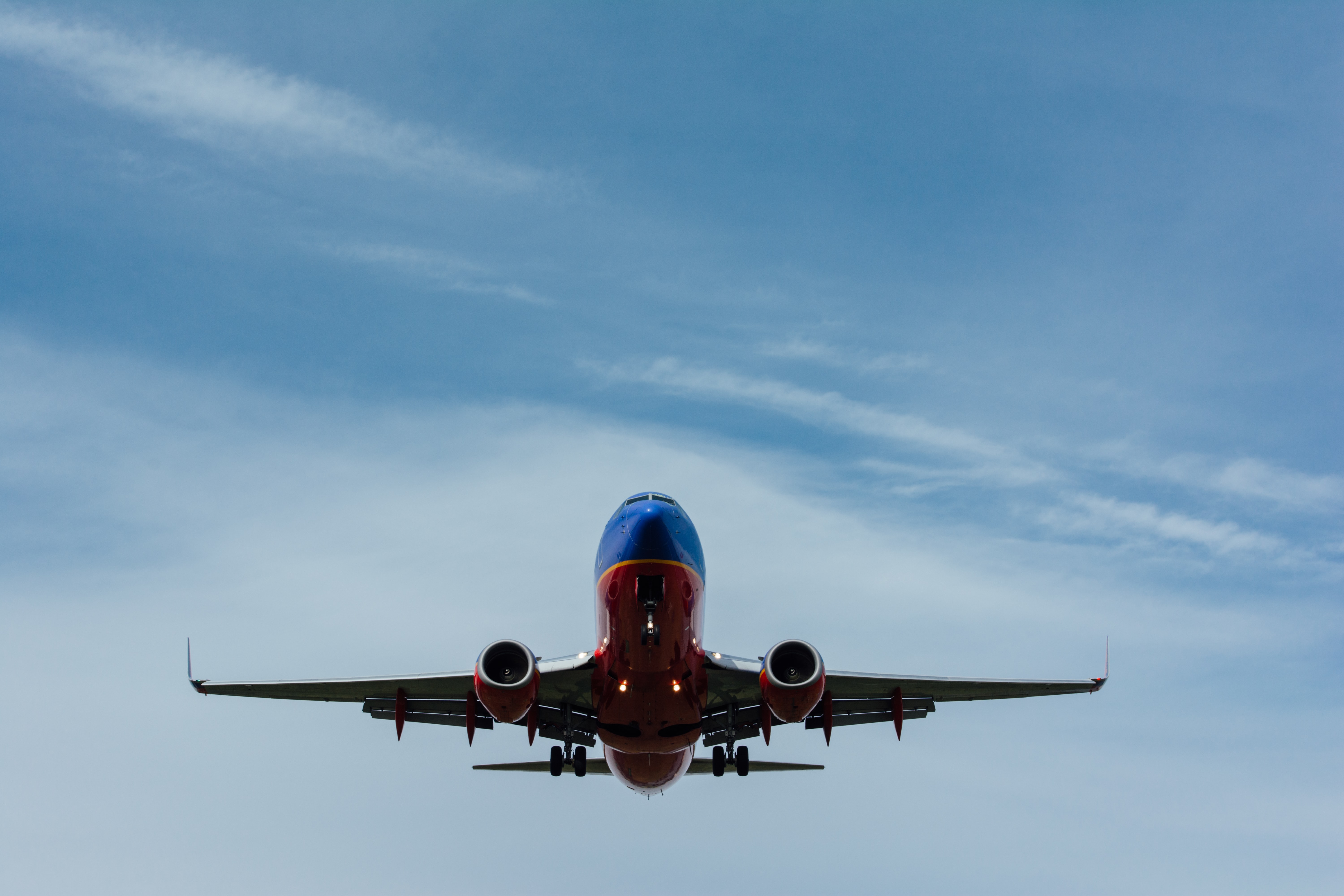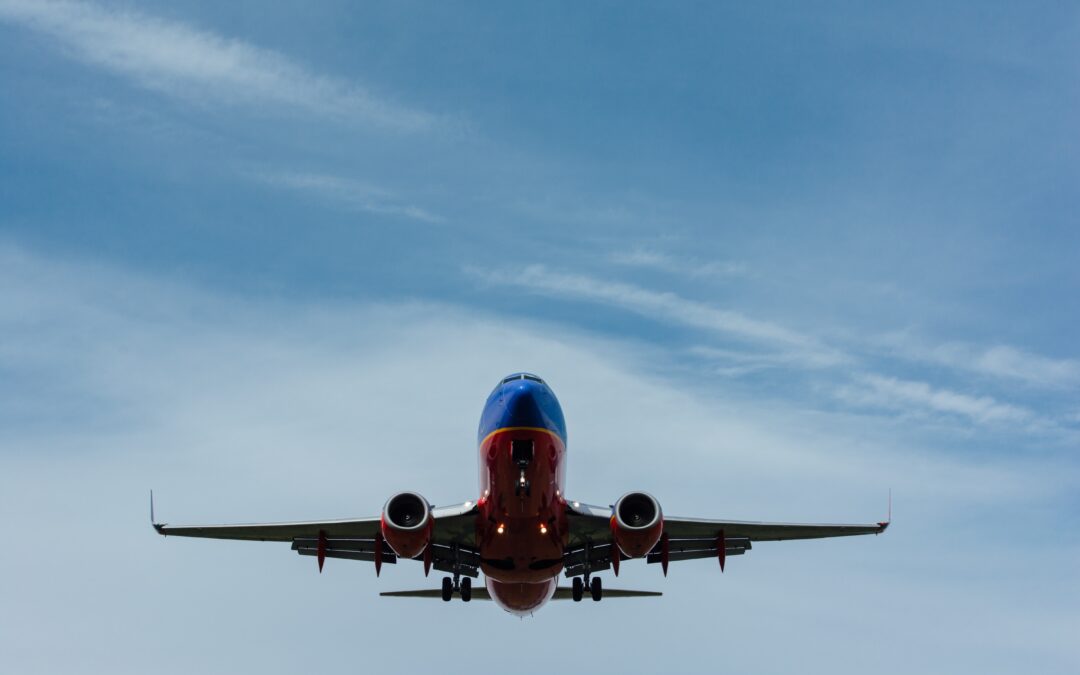
Birds colliding with airplanes, an incident known as bird strikes, is a big problem within the industry. Not only can the bird strikes cause harm to the airplanes, flight delays and maybe even cancellation, the incident kills thousands of birds each year. Bird strikes can cost the International Civil Aviation Organization around $1.4 billion a year. However, the University of Groningen in the Netherlands has been working on a solution to the problem – a robotic falcon.
In the past, airports have been using methods like drones and birds of prey including falcons in order to scare the birds away from the area. Falcons are not always easy to manage and breeding and training them is very expensive.
The RobotFalcon is a robot peregrine falcon with a wingspan of 27.5 inches. It is made of fiberglass and Expanded Polypropylene (EPP). The robot is controlled from the ground and mimics the movements of a real bird. On each wing a propeller is attached and a camera is mounted on the robot's head, giving the controller a “first-person view while steering.” A recent study showed that the RobotFalcon works very well in keeping birds away from the planes.
CNN Travel writes that Rolf Storms, one of the authors of the report explained that “during a series of tests carried out in 2019 in the area surrounding the city of Workum in the Netherlands, the RobotFalcon managed to successfully deter all flocks from fields within five minutes of starting its flight, with 50% of the sites cleared within 70 seconds.”
"There is a need for novel methods to deter birds," reads the report published in the Journal of the Royal Society Interface."And we show that the RobotFalcon can make a major contribution to filling that niche.”
"It cleared fields from corvids, gulls, starlings and lapwings successfully and fast, with deterred flocks staying away for hours.”
"The RobotFalcon was more effective than a drone: Its success was higher, and it deterred flocks faster."
The Federal Aviation Administration has a Wildlife Strike Database which tracks the number of wildlife strikes and during the past years, the number of incidents have been rising from 1800 back in the 1990 to around 16000 in 2018.
“Expanding wildlife populations, increases in the number of aircraft movements, a trend toward faster and quieter aircraft, and outreach to the aviation community all have contributed to the observed increase in reported wildlife strikes,” reads the FAA website.
The RobotFalcon will hopefully help to reduce the wildlife strikes.





